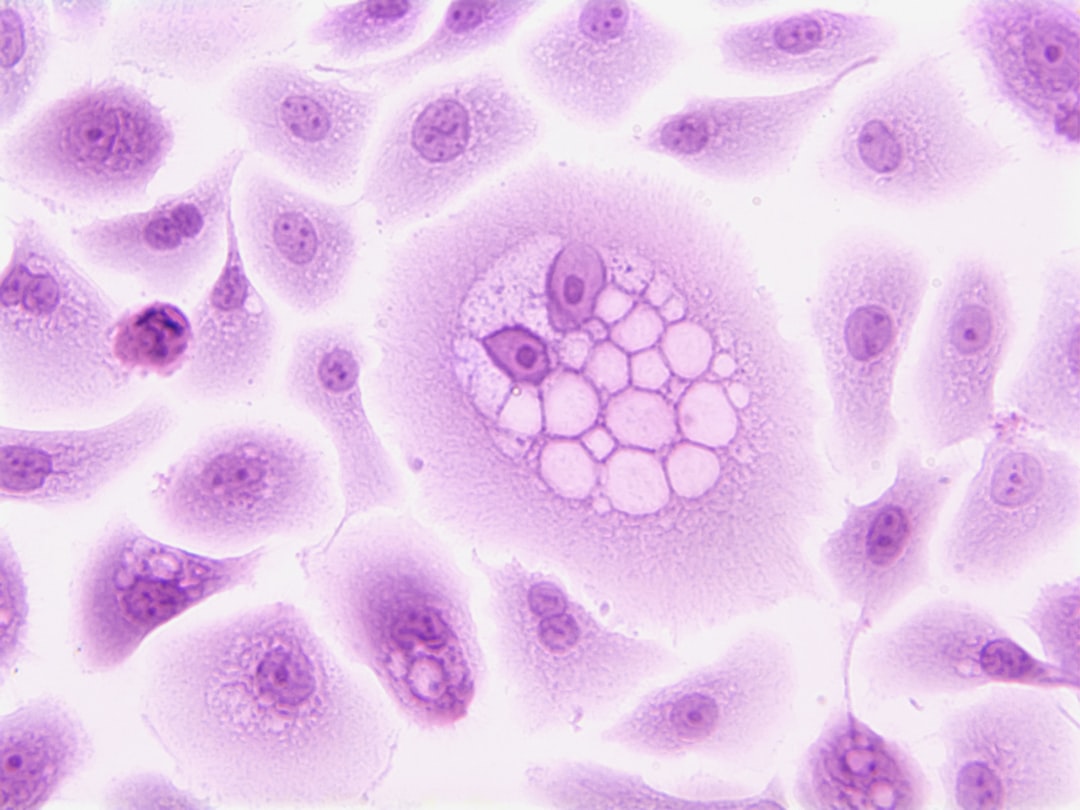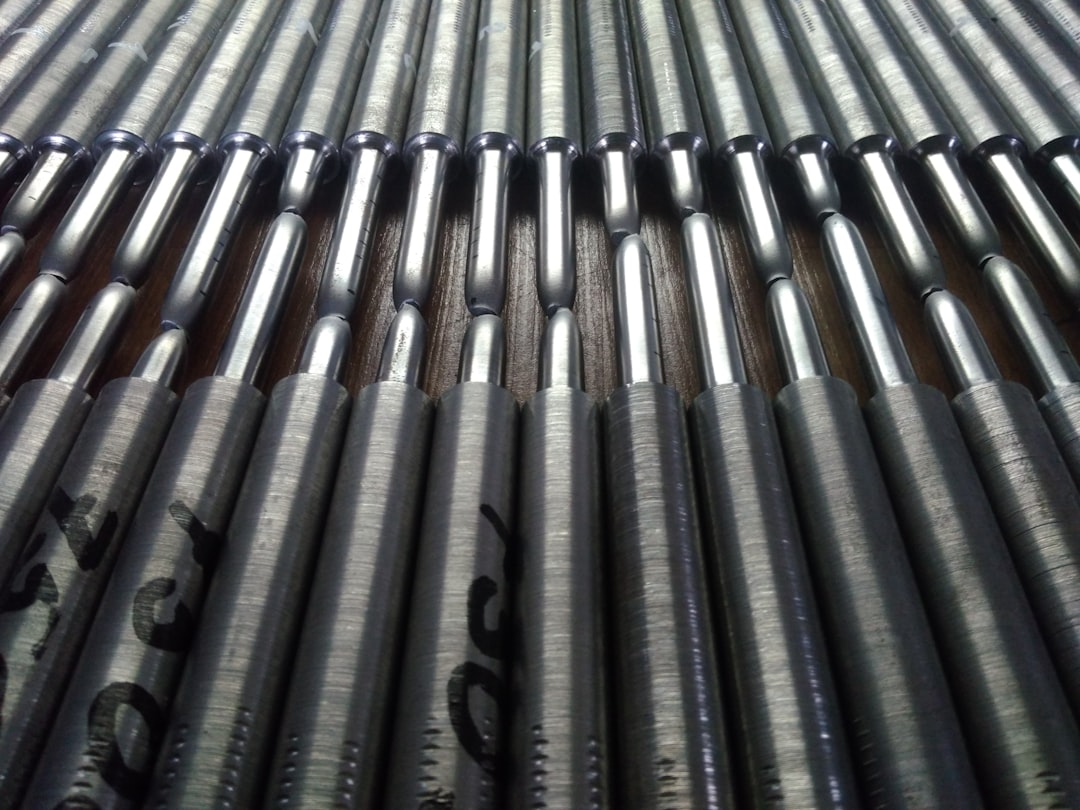What is it about?
We track the composition of the upper continental crust by analyzing the fine-grained sediment within glacial tills that were deposited over the past 3 billion years. For this, we use a relatively new proxy -- stable vanadium isotopes.
Featured Image

Photo by Jim Petkiewicz on Unsplash
Why is it important?
We find a dramatic shift in the average composition of the upper crust in the late Archean (3-2.5 billion years ago), with Archean crust dominated by more mafic (e.g., basaltic) rock types. This could mark the onset of plate tectonics in the late Archean.
Perspectives
The paper represents a huge amount of work, as vanadium isotopes are challenging to analyze, yet provide novel insights into crust composition. In order to interpret the data from the glacial deposits, we had to first establish the behavior of vanadium isotopes during igneous rock evolution and during chemical weathering. Fang Huang and his group at University of Science and Technology made a Herculean effort in this respect with their previous studies, as well as the massive amounts of ancillary data presented in this paper. I think the results are exciting and hope that it adds to the debate about the timing of onset of plate tectonics on our planet.
Roberta Rudnick
University of California Santa Barbara
Read the Original
This page is a summary of: Dominance of felsic continental crust on Earth after 3 billion years ago is recorded by vanadium isotopes, Proceedings of the National Academy of Sciences, March 2023, Proceedings of the National Academy of Sciences,
DOI: 10.1073/pnas.2220563120.
You can read the full text:
Contributors
The following have contributed to this page










